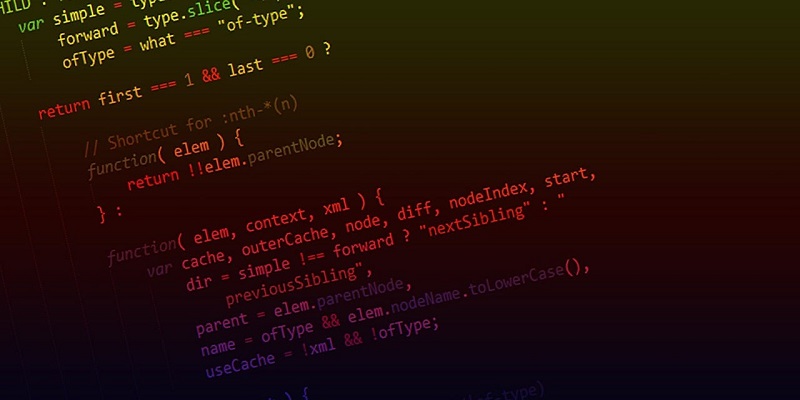In today’s software-driven world, ensuring the security and reliability of software delivery is paramount. The continuous integration and continuous delivery (CI/CD) pipeline plays a vital role in this process, making it essential to implement robust safeguards against vulnerabilities. By protecting the software supply chain through CI/CD pipeline security, organizations can mitigate risks, enhance software integrity, and safeguard against potential breaches.
Two-Person Code Modification System
The traditional practice of having at least two people oversee all code modifications is a widely adopted approach for strengthening pipeline security. This system introduces a layer of accountability and reduces the risk of malicious code going unnoticed. With two individuals reviewing each code change, the likelihood of detecting potential security issues or unauthorized modifications significantly increases. This approach not only enhances pipeline security but also fosters a culture of collaborative code review, enabling teams to learn from each other’s expertise and prevent vulnerabilities from entering the software supply chain.
Pipeline mapping for protection
Creating comprehensive pipeline maps is a powerful strategy to protect the CI/CD pipeline. These visual representations showcase the various environments and tools involved in the pipeline, providing a clear understanding of dependencies and potential vulnerabilities. Pipeline maps serve as valuable references during security audits, vulnerability assessments, and incident response, ensuring that every aspect of the pipeline is accounted for and protected. By visually documenting the pipeline, organizations can identify potential weak points and implement appropriate security measures.
Role-Based Access Control
Controlling access to the CI/CD pipeline based on job requirements is critical in minimizing security risks. Implementing role-based access control ensures that only authorized individuals have access to the pipeline. By limiting access to those who require it for their specific responsibilities, organizations can reduce the likelihood of compromised credentials leading to pipeline breaches. Strong access controls, such as multi-factor authentication and strict password policies, further fortify pipeline security, making it harder for unauthorized actors to gain access.
Regular patching and updates
To maintain pipeline security, it is crucial to keep operating systems, software, and tools up-to-date. Regularly patching known vulnerabilities and staying current with software updates helps mitigate the risk of cyberattacks. Outdated software often contains known security flaws that cybercriminals can exploit to compromise the pipeline. By promptly updating and patching software components, organizations can significantly reduce the attack surface and enhance the resilience of their CI/CD pipeline.
Data masking for security
Data masking is an effective technique to protect sensitive information within development and testing environments. It involves obscuring data with realistic but fictional values, ensuring that hackers cannot access valuable details even if they infiltrate the pipeline. By masking data in non-production environments, organizations can minimize the risk of exposure and adhere to data protection regulations. Proper data masking practices, coupled with access controls, aid in preserving the confidentiality and integrity of sensitive information throughout the CI/CD pipeline.
Developer Education and Awareness
Developers play a crucial role in protecting the CI/CD pipeline. It is vital to educate them about the importance of secure coding practices and their responsibilities in maintaining pipeline security. By raising awareness and fostering a security-focused mindset among developers, organizations can minimize the likelihood of inadvertently introducing vulnerabilities into the pipeline. Training programs, workshops, and dedicated resources for pipeline security equip developers with the knowledge and tools they need to contribute to a secure software supply chain.
Continuous monitoring and improvement
Protecting the CI/CD pipeline should be an ongoing process that requires continuous monitoring and improvement. Cyber threats evolve rapidly, necessitating constant vigilance to identify and address new vulnerabilities. Implementing an effective monitoring system helps organizations detect anomalous activities, track changes to the pipeline, and respond promptly to potential security incidents. By regularly evaluating and enhancing pipeline security measures, organizations can proactively adapt to emerging threats and ensure an uninterrupted and secure software delivery process.
Collaboration and oversight
The oversight of at least one other person significantly reduces the chances of malicious code going unnoticed in the pipeline. Having multiple sets of eyes reviewing code changes helps foster a culture of collaboration and strengthens security practices. In addition to code review, collaboration and oversight contribute to pipeline security by providing redundancy and ensuring that no single individual holds complete control over the pipeline. This distributed responsibility helps maintain security even in the event of personnel changes or absences.
Protecting the software supply chain through CI/CD pipeline security safeguards against vulnerabilities and ensures reliable software delivery. By implementing safeguards such as the two-person code modification system, pipeline mapping, role-based access control, regular patching, data masking, developer education, continuous monitoring, and collaboration, organizations enhance their pipeline security and reduce the risk of breaches. CI/CD pipeline protection should be treated as an ongoing process, requiring continuous monitoring and improvement to adapt to evolving threats and vulnerabilities. With a strong focus on security, organizations can maintain the integrity of their software supply chain and deliver trustworthy software to users worldwide.

